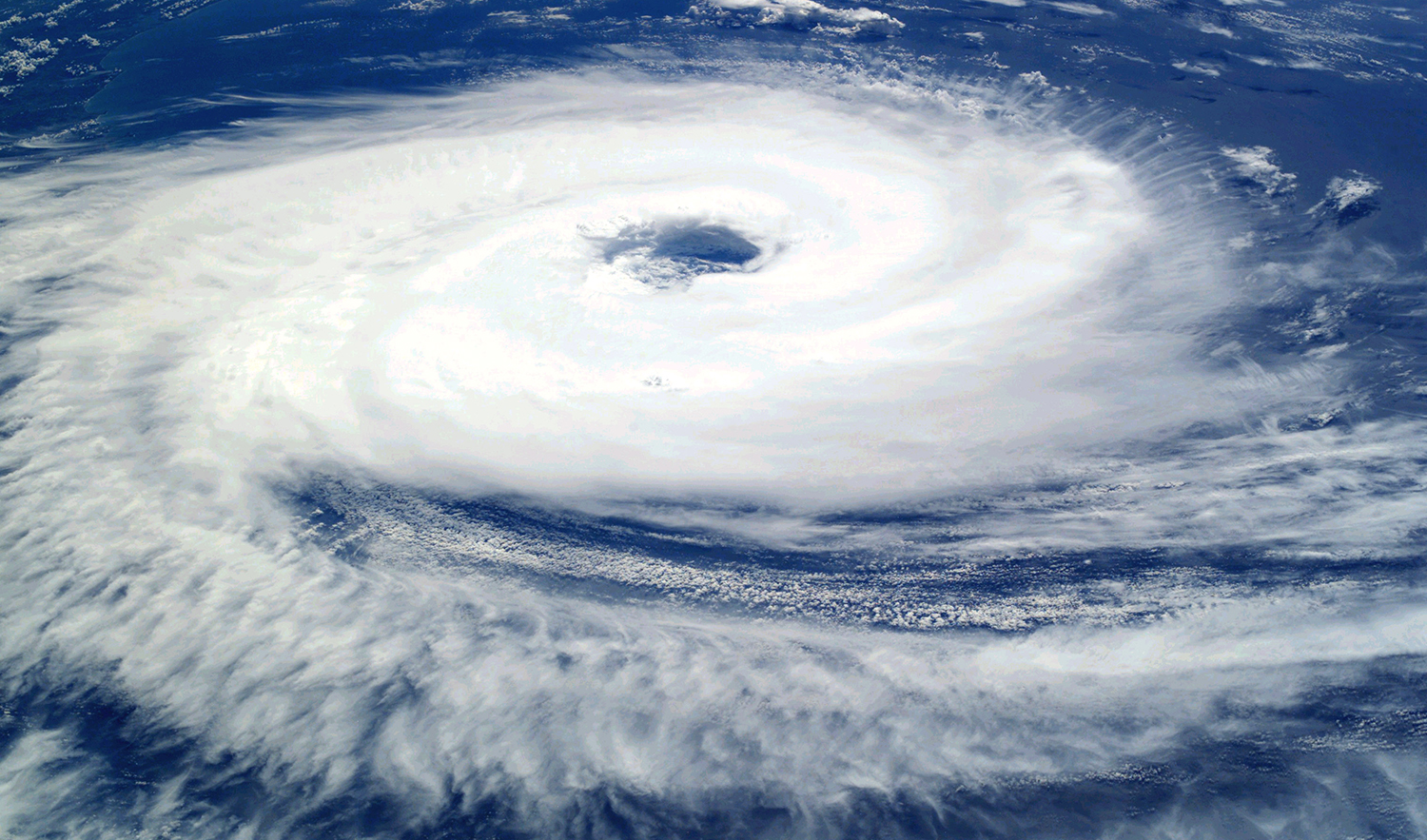Earth Systems
Contacts
- Focus Leader
- Sanna Sevanto
- (505) 664-0232
- CSES Director
- Lisa Danielson
- (505) 667-1703
- Professional Staff Assistant
- Sarah Balkey
- (505) 667-8777

Emphasis on signatures of change and interaction over boundaries
The Earth Systems focus area emphasizes innovation promoting progress from process-level understanding to predictive capability, and process integration that allows up-and down-scaling within or between phenomena in complex natural systems.
General interests are studies that extend our understanding of interactions between natural and human systems, and developing capabilities to strengthen system security and resilience. Integration of experimental science and modeling to fill outstanding gaps in prediction of the causes of temporal variations of ocean and atmospheric basin scale oscillations; rapid climate change on both global and regional scales; and the physics and chemistry governing storms, hydrology, geomorphic processes, and land use within a region experiencing climate change, as well as environmental responses of sensitive and high-impact regions, or biological and environmental responses affecting human health, security and resilience are encouraged.
Use of LANL facilities and data bases (e.g., use of LANL's ecological research stations; GIS facilities; data bases of the COSIM and/or ARM programs; systems modeling of climate change, economic impact, and optimum use of economic and financial instruments; and/or exploitation of new sensor technologies) as part of revolutionary scientific concepts are strongly encouraged.
Specific topics of interest
- Signatures of interaction, and function of regulatory systems in and between single cells and their environment, or the microbiome and their environment, and other organisms.
- Signatures of atmospheric, biogeochemical or hydrological change in sensitive regions or during and after extreme or catastrophic events that allow prediction of rate of change or identification of potential system tipping points.
- Integration of models and observations, or field and laboratory studies in
- coupled ocean-land-ice-atmosphere processes at the coastal interface and high latitudes
- response to extreme or catastrophic events such as drought, fire, epidemics
- Development of novel experimental, modeling and data science tools to
- quantify system security and resilience, recovery rates or acclimation capacity for problems relevant to food, water and energy security, and human health.
- allow robust information transfer between temporal and spatial scales, and coupling of models of different scales for problems relevant to climate, food, water and energy security, and human health.



